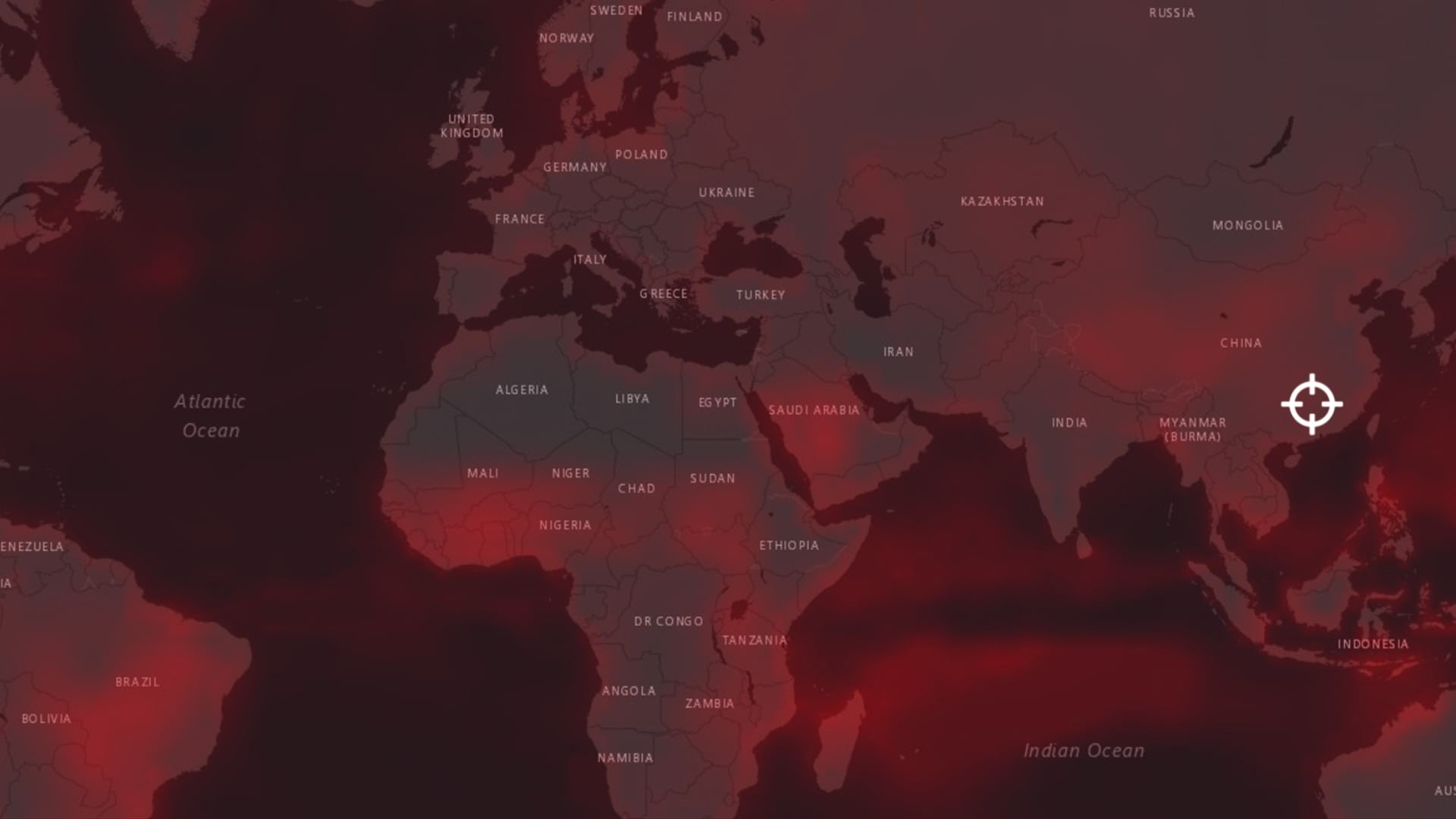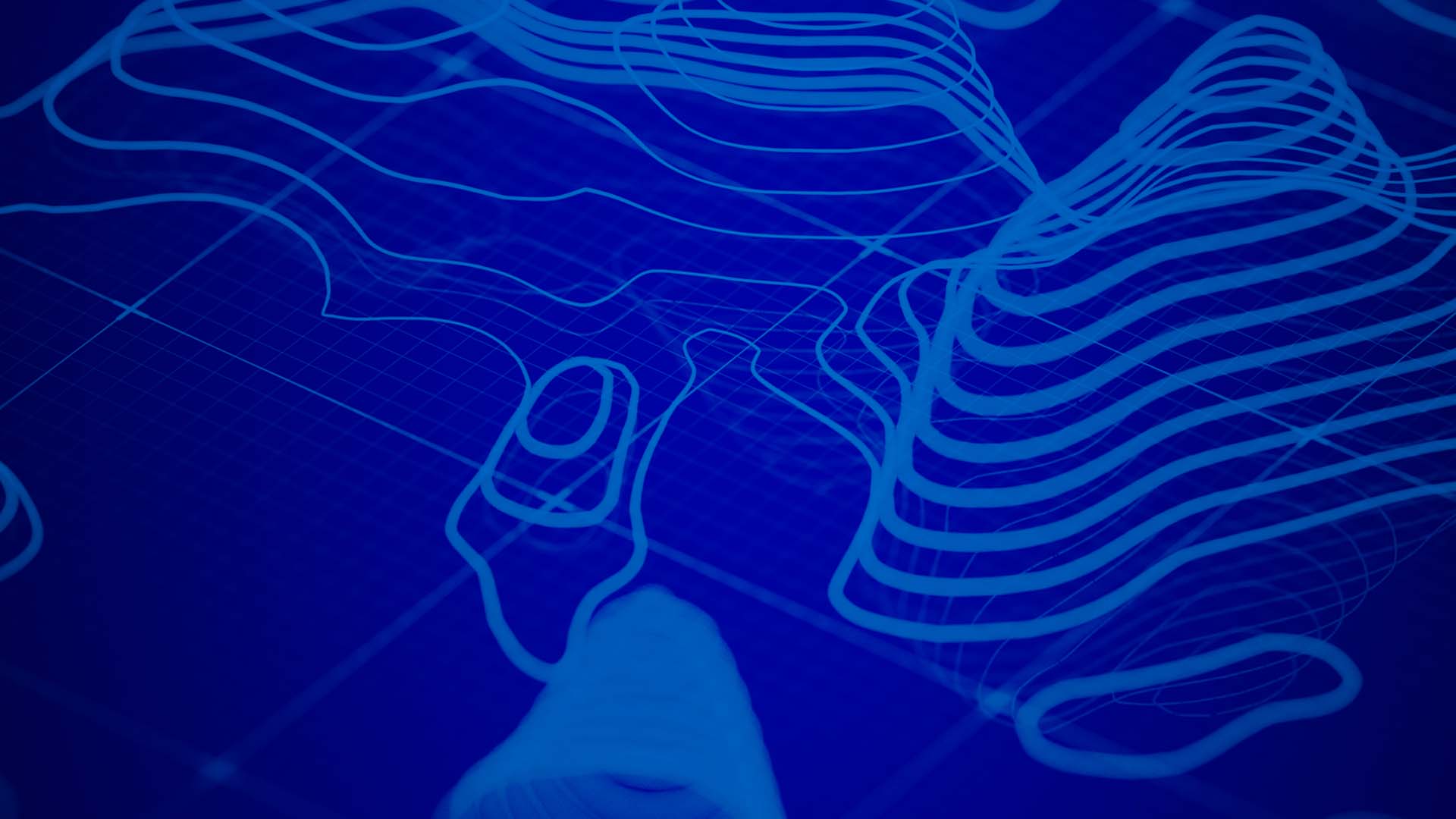Business executives don’t reach the C-suite by being indecisive. They rely on data and instinct to understand opportunities and executive savvy to make the right business decisions.
But how does an executive plan for a challenge as ominous and diffuse as climate change?
As a Forrester researcher wrote in late 2018, climate change will impact the world so profoundly that every company will be forced to transform itself. Those that don’t, he wrote, won’t survive.
For every executive unnerved by that prognosis and unsure of where to begin, a new application of location intelligence and smart maps could be a much-needed resource.
The Situation—Intensifying Ill Effects
NASA calls climate change a “broad range of global phenomena” that includes warming temperatures, rising sea levels, and extreme weather events. The list reads like a business executive’s dossier of unwelcome events: increased incidence of drought, more-devastating storms, resource scarcity, and flooding in cities worldwide. Scientists say adverse effects will intensify in the decades ahead unless governments and businesses take sustained action.
The forecast weighs heavily on the minds of global business leaders, 46 percent of whom called climate change a megatrend that will transform their businesses, according to a recent PwC CEO survey.
Some big-name companies are already bracing for the effects. AT&T, which maintains billions of dollars’ worth of equipment worldwide, is studying its infrastructure to assess how to mitigate damage from intensifying storms and floods. IKEA, the largest user of wood in the world, is investing heavily in sustainable forestry practices.
Those forward-leaning multinationals are taking steps to ensure that their businesses will endure. But many global executives struggle to plan for climate change because they don’t have the data or tools to grasp the problems they will face.
At the University of Hawaii, a team of scientists has published an app that may deliver much-needed clarity.
NextTech—Seeing the Geographic Impacts of Climate Change
“I consider this app a legacy to humanity,” Dr. Camilo Mora told WhereNext. “It may sound exaggerated, but consider that we collected all data that is known about how climate change has impacted and will impact humanity, and it is available for any person in the world to review.”
Dr. Mora and his team at the University of Hawaii started by using location intelligence to perform analysis and make predictions. The researchers assessed the occurrence of 11 natural phenomena connected to climate change—warming, drought, heatwaves, fires, precipitation, floods, storms, water scarcity, sea level rise, changes in natural land cover, and changes in ocean chemistry.
The team then predicted the degree to which those hazards will worsen as a result of future greenhouse gas emissions. They modeled three scenarios—one in which humans severely restrict emissions, another involving modest mitigation efforts, and a third in which emissions continue unabated.
They placed the findings on a smart map using technology called a geographic information system (GIS), with a time-lapse tool that shows how conditions will fluctuate in the years ahead. The result is a fascinating look at a foreboding future—and a planning map for business leaders.
The below animation reveals how the GIS-powered smart maps work. If humans enact strong mitigation efforts to stem climate change, cities and countries around the world will see these impacts through the year 2095:
Under a business-as-usual scenario, they will face decidedly worse outcomes. This animation shows those results:
Dr. Mora and team have published the GIS app for business executives and individuals to explore. By zooming into the smart map, an executive can see how climate change will affect specific locations around the world. (The data is based on 10-kilometer blocks, so it’s not recommended for hyperlocal planning.) The time bar reveals how those effects will change year to year over the next eight decades.
The team’s results were published in the journal Nature Climate Change.

Senior business executives are accustomed to consulting data before making strategic decisions. As they choose where to take on new suppliers or which markets to develop, a quantitative view of climate change offers significant planning value.
The Upshot—Business Planning with Foresight
With a multidecade view of future hazards, global business leaders will be better prepared to make decisions across a range of business functions. They may reconsider adding suppliers to the production chain if these are located in an area subject to intense climate change effects. They may weigh how insurance costs will increase on a factory located close to a weather hot spot. Or they could use this location intelligence to develop new products or services for customers in the path of severe events.
In short, the University of Hawaii’s GIS-based smart maps give global business leaders two vital resources:
- An understanding of the risks their supply chains, operations, and customers face in coming decades
- A reminder that if business proceeds as usual, few places on earth—and thus few business operations—will be spared the deleterious effects of climate change
As PwC notes in its CEO Survey, climate change will affect every sector of the economy. For executives who take the long view, the University of Hawaii app brings the effects into sharp focus. Businesses, governments, and citizens will decide whether the location intelligence at the heart of these smart maps is a reliable prediction, or the warning that spurs us to rewrite an ominous forecast.
The Esri Brief
Trending insights from WhereNext and other leading publicationsTrending articles

December 5, 2024 |

July 25, 2023 |

November 12, 2018 |

February 1, 2022 |

July 29, 2025 |

July 14, 2025 |






